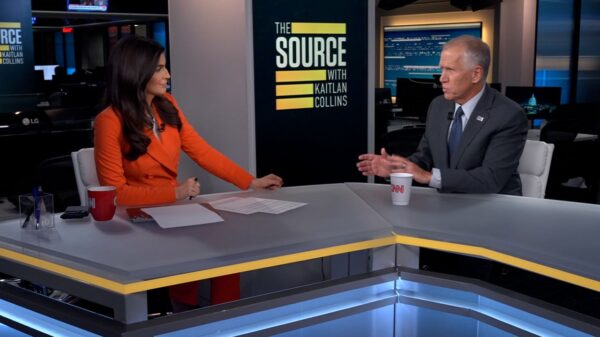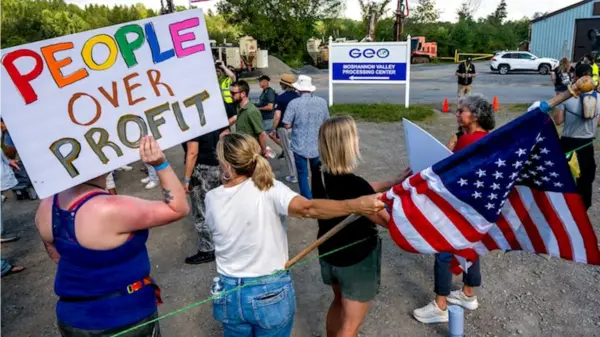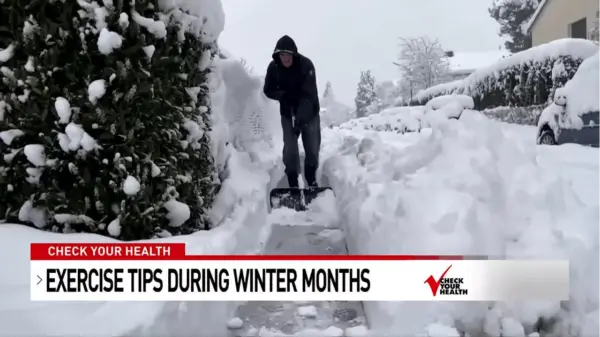A significant change to U.S. agricultural policy has sparked debate among experts regarding its implications for family farms. This shift comes with the passage of a budget reconciliation bill that includes an amendment known as Section 10306, which alters the “payment limit provisions” established by the 1985 Farm Bill. According to Jonathan Coppess, an associate professor of law and policy at the University of Illinois, this amendment favors legal entities over individual family farms, raising concerns about fairness and equity in federal support.
Coppess describes the amendment as a “dismaying” development, indicating that it expands loopholes for joint ventures and general partnerships, allowing these entities to maximize federal payments. He emphasizes that the focus of this provision is not on traditional farming practices, but rather on capitalizing on federal programs designed for agricultural support.
The professor points out that the new loophole enables legal entities that operate as farms to receive additional payments. For instance, a farm structured with three layers of legal entities could potentially collect up to $1.24 million annually in federal payments. If the individuals involved employ creative legal and accounting strategies, this total could rise to as much as $2.5 million or more. Coppess argues that these changes allow certain farm operations to effectively bypass any payment limits, facilitating larger and more consolidated farming enterprises at taxpayer expense.
The implications of such a policy shift are considerable. Coppess notes that federal farm payments do not require farmers to demonstrate actual losses in crop production. Furthermore, unlike many federal assistance programs, there are no work requirements tied to these farm payments. This lack of oversight means that farmers can utilize the funds with minimal restrictions, potentially driving up cash rents and land prices in competition against neighboring farms that do not benefit from these new legal structures.
Coppess highlights the staggering contrast between the financial support available to these entities and the nearly $200 billion in cuts to food assistance programs for low-income households. He argues that while qualified pass-through entities receive easier access to federal payments, low-income individuals face increased paperwork and potential loss of assistance.
This new reality poses a threat to the traditional family farm, with Coppess warning that the changes could spell the end for many small-scale agricultural operations. He paints a vivid picture of the potential consequences: a mother in a small town struggling to navigate the complexities of food assistance paperwork, while a farm entity manager drives by in a new pickup truck, heading to a lawyer to enhance federal payment eligibility.
Coppess concludes that this reconciliation process will add trillions to the national debt, failing to achieve fiscal discipline while implementing policies that disproportionately benefit larger agricultural entities. The future of family farming hangs in the balance as these policy changes take effect, raising questions about the sustainability and fairness of U.S. agricultural support systems.





































































